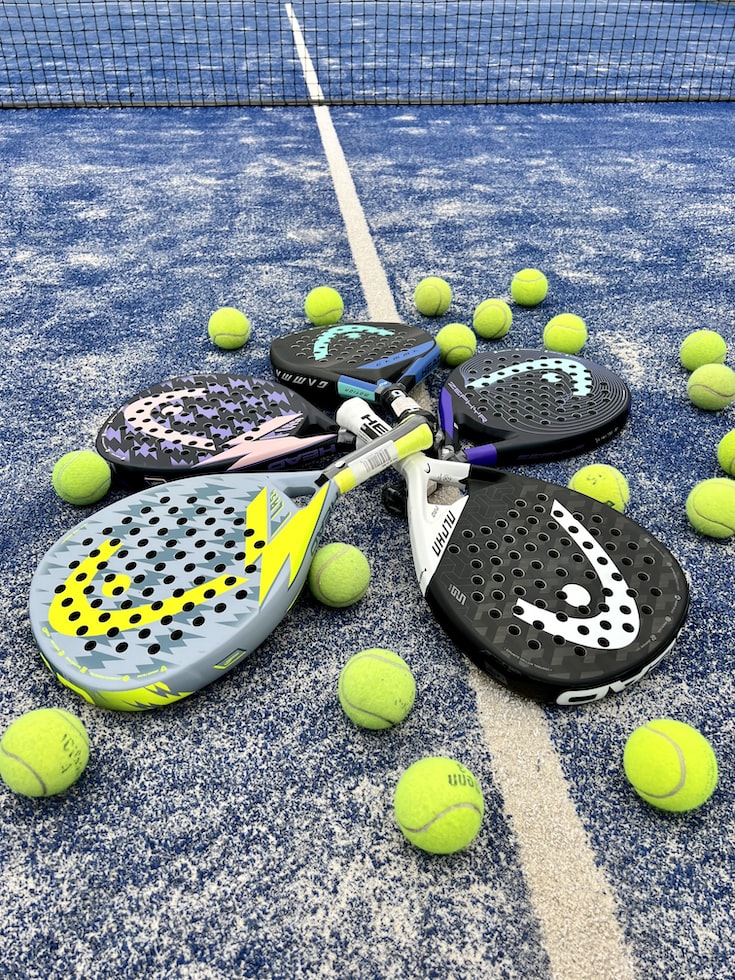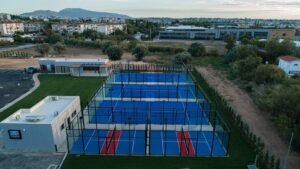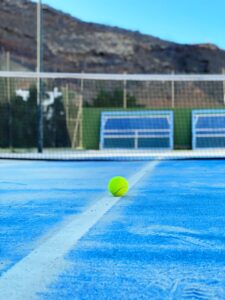Switching from Tennis to Padel: Differences to Keep in Mind
3 min read
Switching from Tennis to Padel: Differences to Keep in Mind
Are you a tennis fanatic looking to try something new? Maybe you’ve heard of padel and are considering making the switch? Well, you’ve come to the right place! As a fellow padel enthusiast and certified expert, I’m here to guide you through the transition from tennis to padel and highlight the key differences you need to keep in mind.
What is Padel?
Padel, often referred to as “Padel Tennis”, is a fast-paced racket sport that originated in Mexico and quickly gained popularity across the globe. It is a mix of tennis and squash, played on an enclosed court with solid walls and a glass back wall. The game is played in doubles, and it’s all about strategy, teamwork, and quick reflexes.
Equipment: Similar, Yet Different
If you are switching from tennis to padel, you’ll be glad to know that many of your tennis skills and techniques will seamlessly transfer over. However, there are a few key equipment differences to keep in mind:
- Rackets: Padel rackets resemble oversized table tennis paddles, typically made of composite materials like carbon fiber. They have no strings, making it easier to control the ball.
- Balls: Padel balls are similar to tennis balls but slightly softer and less bouncy. The reduced bounce enables longer rallies and more strategic shot placement.
- Court: Padel courts are smaller and enclosed, measuring around 20m long and 10m wide. They have a Plexiglas wall at the back and glass walls on the sides. These walls come into play, allowing for wall shots and unique angles.
Transitioning Techniques
The transition from tennis to padel might seem daunting at first, but with a few adjustments, you’ll find your groove in no time. Here are some tips to help you adapt:
- Movement: Padel emphasizes lateral movement and quick reflexes. Get comfortable with side-to-side shuffling and split-step techniques to improve your court coverage.
- Volleys: In padel, volleys are crucial. Since you are playing in a confined space, mastering the art of touch and control is vital. Practice shorter and more controlled swings to keep the ball in play.
- Serve: The serve in padel is underhand, and the ball must be hit diagonally to the opposite box. Focus on accuracy and spin to make it a formidable weapon in your arsenal.
How to Handle High-Pressure Situations in Padel Doubles
One of the most fascinating aspects of padel is its intensity and high-pressure situations, especially in doubles. To excel in these moments, mental fortitude and teamwork are key. Here are some strategies to help you cope:
- Communication: Effective communication is vital in padel doubles. Keep constant communication with your partner to coordinate strategies and cover the court efficiently.
- Trust: Trust your partner’s abilities and instincts. Padel is a team sport, and playing together as a unit will help you navigate high-pressure moments with greater ease.
- Stay Calm and Focused: Take deep breaths, stay composed, and rely on your training. High-pressure situations can be intimidating, but maintaining a focused mindset will help you make better decisions.
So, if you’re ready to embrace the thrilling world of padel, keep these differences in mind as you make the switch. Remember, it’s not just about technique and skill but also about enjoying the unique aspects of this captivating sport. With practice, adaptability, and a spark of passion, you’ll soon find yourself flourishing on the padel court. Now go out there and conquer those high-pressure situations in padel doubles!







